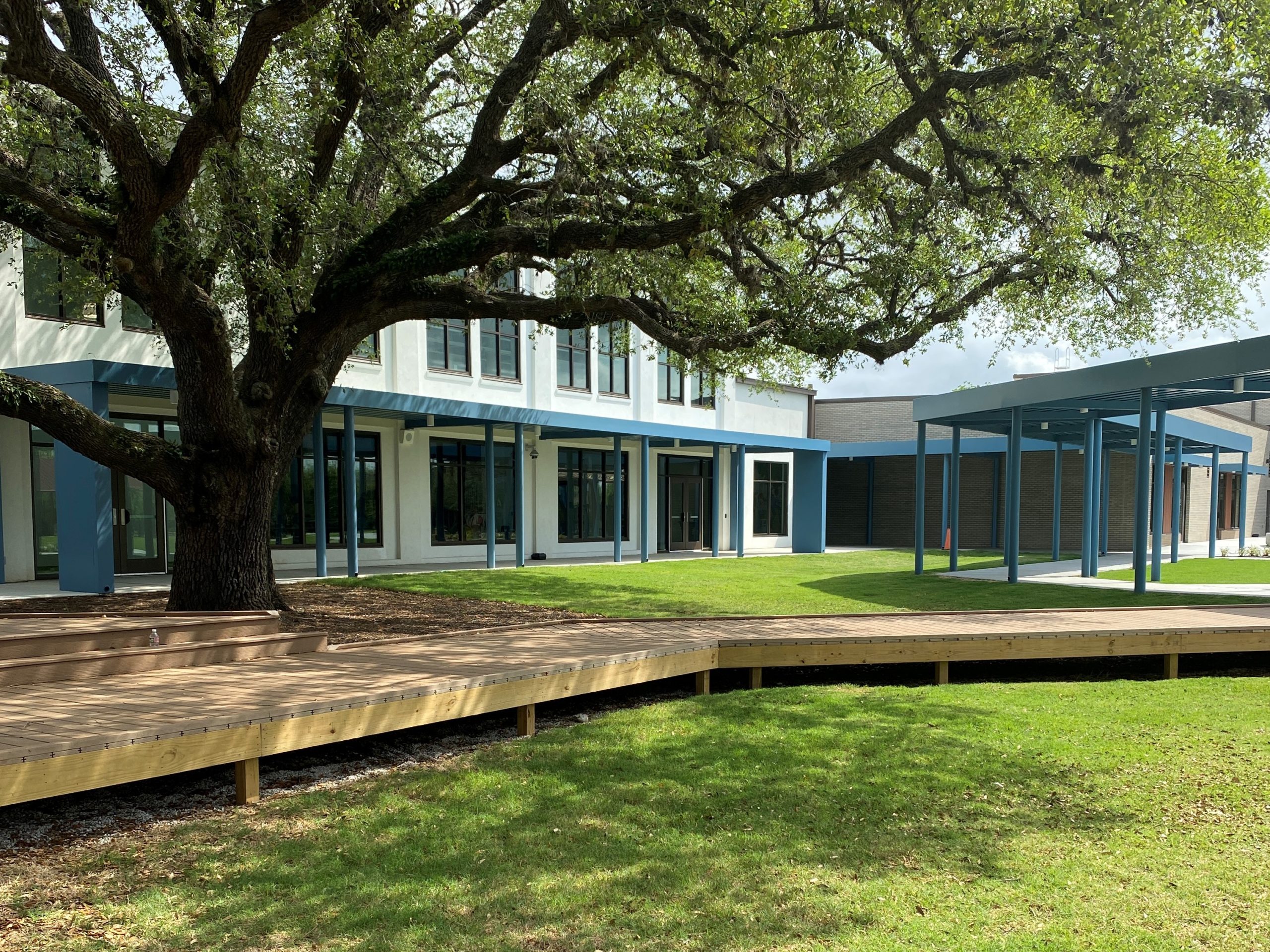In the wake of a global pandemic and with historic socioeconomic uncertainties looming, people have endured a lot of stress these past few years. But did you know trees have been stressed as well? From extreme environmental factors like freeze and drought to other signs of human impact like construction damage, improper fertilization and poor pruning, our trees are just like us: They’re dealing with a lot!
While most trees in a forest can live up to 100 years or more, the average lifespan of trees in urban and suburban environments is much shorter, says Michael Mauer, M2L Associates principal and a certified arborist for more than 30 years. Improper planting or pruning, improper watering, soil compaction, chemical exposure, and construction or demolition too near roots are common stressors beyond natural weather and climate factors.
Here are some common signs to look for that indicate your trees might be in distress:
- Vertical frost cracks. Vertical cracks on the trunk may or may not be visible and should be monitored. Additionally, the hard freezes in recent years also caused micro-fractures in the young branch tips that can lead to a thinning crown.
- Tip die back. The branch tips of trees should have new, healthy growth. If the tips of the branches are bare or thinning, then this is a warning sign that the tree is stressed.
- Tree shoots (suckers) at the base of the tree. If new branch sprouts are coming up from the roots near the trunk, then the tree is likely stressed. This can often happen in response to some kind of injury such from pruning, disease, pests or simply old age.
- Leaves are still on the tree, but they are all brown. While a few individual brown leaves may not be a problem, an entire tree full of brown leaves usually indicates that the tree is dead or dying. Mauer said there is a common saying: “If it’s brown, take it down.” This applies to trees that have experienced an overwhelming amount of stress from which they cannot recover.
- Fruiting bodies at the base of a tree. If you see strange growths at the base of your tree that look like mushrooms or irregular colored mass that is different from the bark, or bark that flakes off, then this can be a sign of tree decay. If left untreated, then this can lead to the tree declining and ultimately dying.
All is not necessarily lost if you see signs of tree stress. Many trees can be restored to better health with proper care. If you see significant signs of stress, then you should contact a professional tree company for advice, especially if the tree overhangs an area where people live, work or play.
Mauer offers a few common tips to alleviate stressors from the certified arborists at M2L Associates:
- If you need to trim your trees, do so during the winter when the tree is dormant. Trees are less susceptible to disease and insects when dormant.
- Only trim what you need to trim (i.e., broken and dead branches, branches that are impacting buildings or structures). Too much pruning can lead to unnecessary new branch growth.
- Monitor the water to your trees, and water all the way to the outside of the drip line, or to the edge of branches.
- The single most important factor in tree health is to maintain the soil in which the tree lives. For many people, this is your yard. Good, rich soil full of nutrients and microbes will benefit your trees and your grass as well. Applying chemical-based fertilizers may help in the short term but make the yard and trees dependent in the long term. Organic-based fertilizers that include both macro and micronutrients are preferred and can be applied to the leaves or the soil through deep root feeding. If the soil around the tree is compacted without any turf, then it can be amended by adding a liquid or fine compost. If the soil around the tree is really poor, then there are tree care companies that can use an air spade to loosen soil and mix in compost, mulches and other beneficial products to allow the soil to “live” again.
Mauer noted that by the time you see signs of stress it is usually a condition that has been happening for a while, and the tree is just now showing you signs all is not well. Depending on how severe the problem is, the tree can be saved with proper care. The best tree care is preventive and starts early, focusing on healthy soils and tree care practices. A healthy tree is one that can withstand periodic stresses.
M2L Associates has decades of tree preservation expertise and is one of the few firms in Houston with certified arborists and landscape architectural experts on staff. Click here to start a conservation with our certified arborists and landscape experts.

